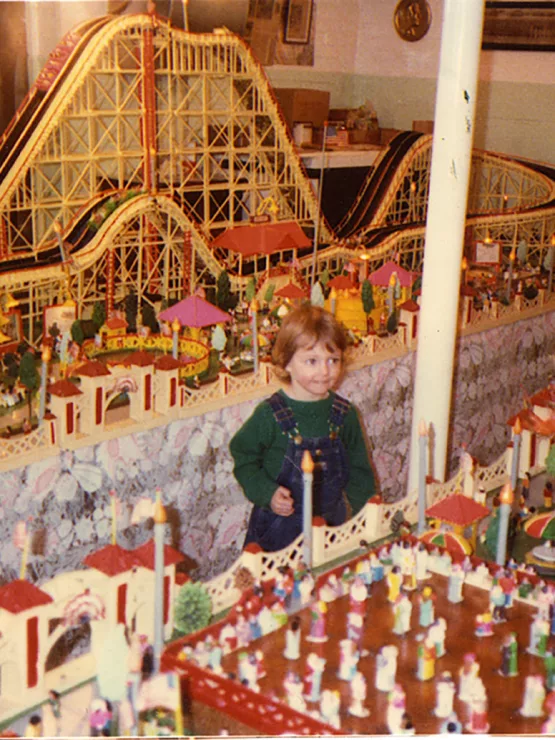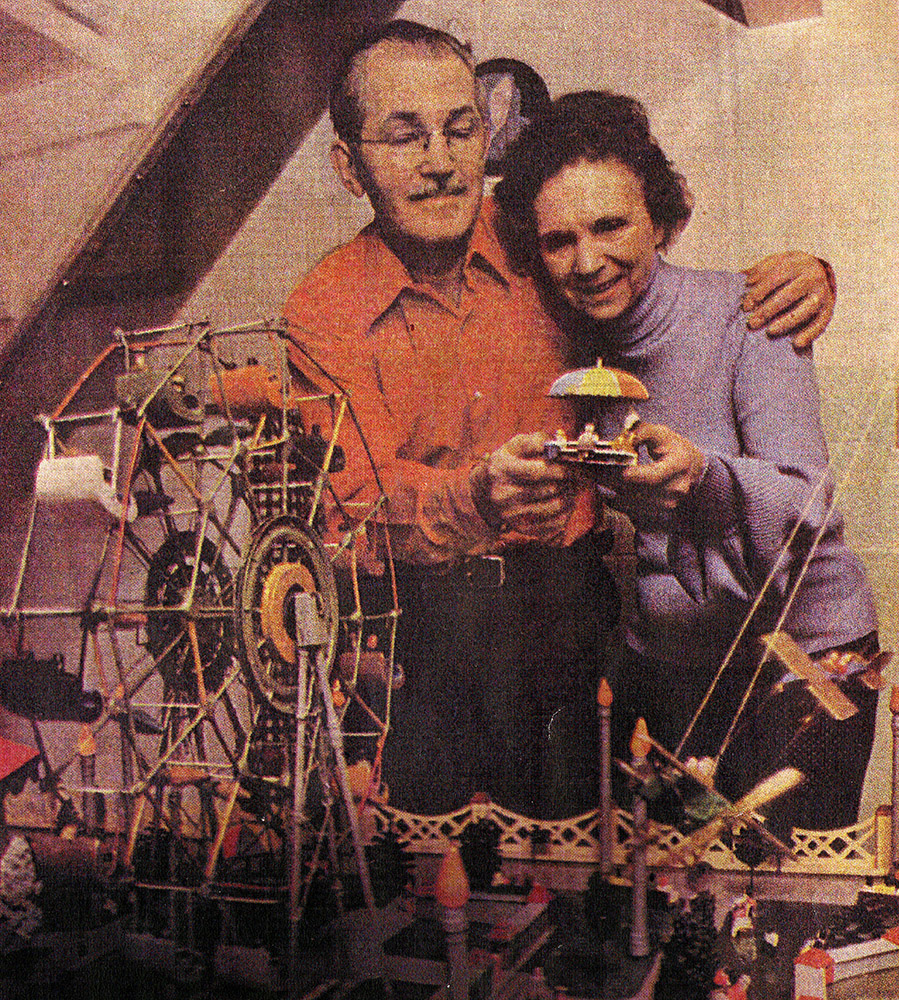
The thrills of the amusement park have delighted Americans for generations.
Many amusement parks were built in the late 1800s and early 1900s as destination points on trolley car lines to expand weekend trolley business. The financial boom of the 1920s was the heyday of these types of parks, when middle class America was looking for ways to spend their leisure time and money. With the onset of the Great Depression, many parks closed. After WWII and in the baby boom of the ‘50s, there was a resurgence of amusement parks, especially Kiddielands.
Nowadays a Pittsburgher can take a quick drive to Kennywood to enjoy this bygone era of “trolley parks,” but there was a time when Pittsburgh and the surrounding area boasted many more: West View Park, White Swan Park, Burke Glen, and Luna Park, to name a few.
In hard times, however, not everyone could afford the pleasures of wooden roller coasters and funnel cakes. The Salisbury family of the North Hills was such a family, but luckily for Frank Salisbury’s children, he was a resourceful man. Starting in the 1930s, using a pen knife, wooden fruit crates, and materials from discarded machinery, Frank began constructing an amusement park for his son Walter.
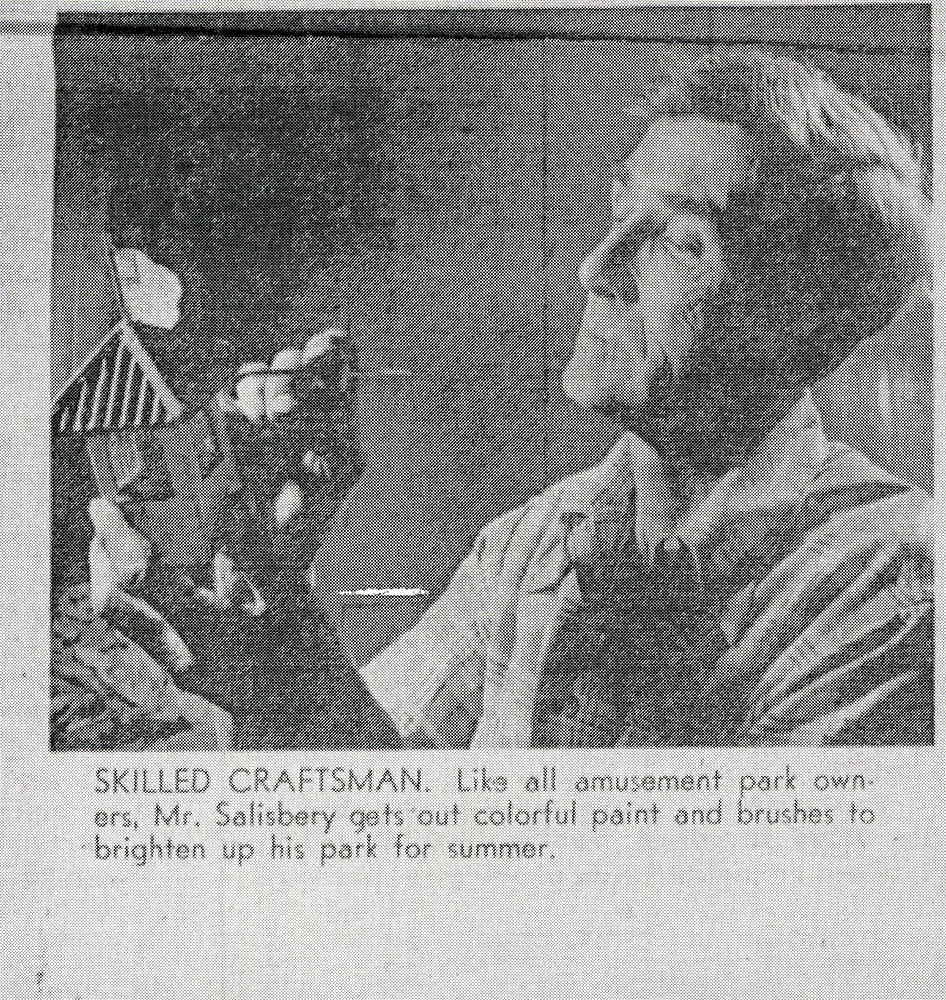
Inspired by West View Park, he started with the twin track roller coaster but found that it took months of trial and error before he was able to keep the cars on their track. Over the years he continued to expand both the rides and grounds of his miniature world. In the end he created a miniature airplane ride, a Ferris wheel, a dance pavilion, carousal, bumper cars, the whip, a bandstand, and thousands of tiny figurines to populate his beautiful park. In addition, every ride was operational; even the figures on the dance floor glided along to the music. The finishing touches included a fiberboard fence that surrounded the park’s perimeter and red corrugated cardboard roofs for the various concession stands and buildings.
As America came out of the Great Depression, Frank found work as a maintenance man for Hubbard and Company, but he continued to make additions to the park over the next 18 years. When Walter grew up, the amusement park went into storage and there it sat for many years before being rediscovered by his wife Caroline in 1955. From that year on, “Caroline’s Park,” as it was affectionately named, was displayed for the public in Walter’s basement or at local department stores in the North Hills. The magic of the amusement park was on display in four feet by eight feet sections.
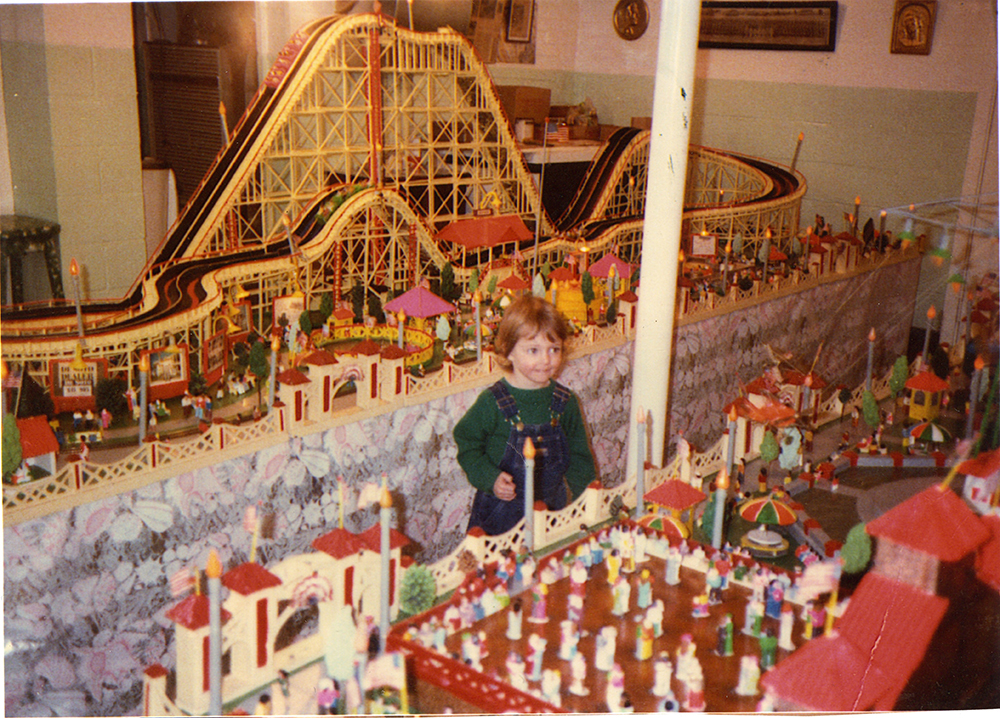
In 2008, the Salisbury’s descendants sought a more permanent home for this family treasure and the wonderful piece of handcrafted workmanship was donated to the History Center. The Ferris wheel is on display in the Discovery Place on the third floor.
Do you remember viewing the amusement park at the local Kaufmann’s or in the Salisbury’s basement? We’d love to hear your memories. Leave a comment below!
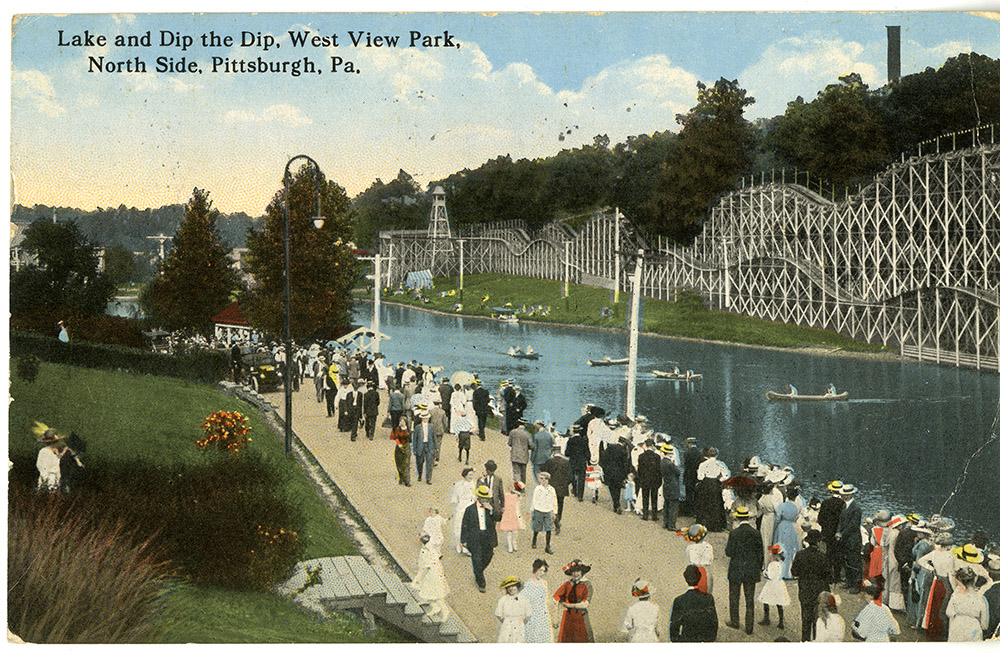
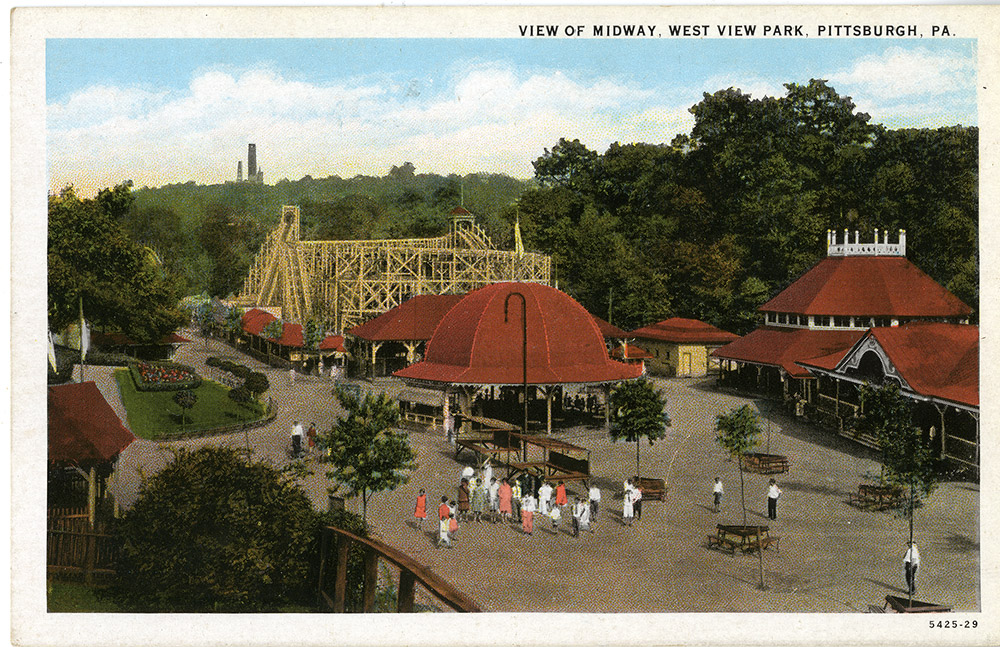
Emily Ruby is a curator at the Heinz History Center.

